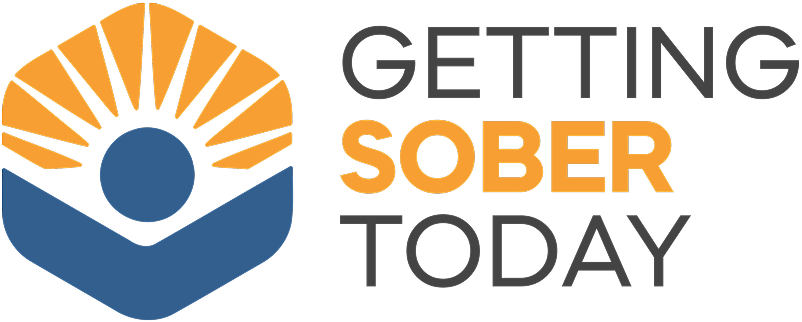Introduction
One of the most common misconceptions about addiction treatment is that rehabilitation is too expensive for the average person. This belief often prevents individuals from seeking the help they need, leaving them trapped in the cycle of addiction. However, affordable treatment options exist, and recovery is within reach for everyone. In this blog, we will break down the financial barriers to rehab, explore cost-effective solutions, and highlight ways to make treatment more accessible.
Understanding the Cost of Rehabilitation
Rehab costs vary depending on factors such as the type of program, duration of treatment, and the facility’s amenities. Generally, rehabilitation options include:
Inpatient Treatment: Residential programs that provide 24/7 care, therapy, and medical supervision. These tend to be more expensive due to housing and intensive services.
Outpatient Treatment: Allows individuals to live at home while attending scheduled therapy sessions, making it a more affordable option.
Medication-Assisted Treatment (MAT): Combines therapy with medications to reduce withdrawal symptoms and cravings.
Support Groups & Counseling: Free or low-cost programs such as Alcoholics Anonymous (AA) and community-based counseling services.
Insurance Coverage for Addiction Treatment
Many people are unaware that insurance can significantly reduce rehab costs. Thanks to laws such as the Affordable Care Act (ACA) and the Mental Health Parity and Addiction Equity Act, most health insurance plans cover substance abuse treatment. If you have insurance, here’s how you can use it:
Contact your insurance provider to understand your coverage.
Verify if the rehab center accepts your insurance.
Check for in-network facilities to reduce out-of-pocket costs.
Payment Plans and Financing Options
Even without insurance, many rehab facilities offer flexible payment plans, sliding scale fees, or financing options to make treatment more affordable. Here are some ways to ease the financial burden:
Sliding Scale Fees: Costs are adjusted based on income and financial situation.
Payment Plans: Facilities may allow monthly installments instead of full upfront payments.
Grants & Scholarships: Some organizations and nonprofits provide financial assistance for those in need.
Employer Assistance Programs (EAPs): Many workplaces offer benefits that cover mental health and addiction treatment.
Free & Low-Cost Rehabilitation Options
If paying for rehab is a challenge, there are free or low-cost options available, including:
State-Funded Rehab Centers: Government programs provide treatment to individuals who qualify.
Nonprofit Organizations: Groups like the Salvation Army and local charities offer free or discounted rehab services.
Faith-Based Programs: Many religious institutions provide support and addiction recovery programs at little to no cost.
Community Support Groups: Alcoholics Anonymous (AA), Narcotics Anonymous (NA), and SMART Recovery offer free peer support.
The Cost of Not Seeking Treatment
While rehab may seem expensive, the cost of continued addiction is often much higher. Addiction leads to financial instability, job loss, legal issues, medical expenses, and strained relationships. Investing in recovery can save money in the long run by reducing hospital visits, legal fees, and lost wages.
Conclusion
Recovery should never be out of reach due to financial concerns. With insurance coverage, payment plans, state-funded options, and nonprofit assistance, there are many ways to afford addiction treatment. Don’t let the myth of high costs prevent you or your loved one from seeking help—rehabilitation is possible for everyone. If you or someone you know is struggling, reach out today to explore affordable treatment options and take the first step toward a healthier, sober life.

